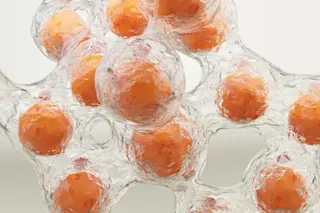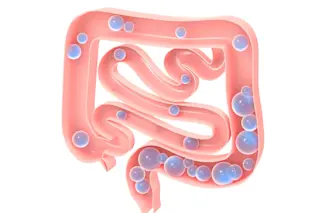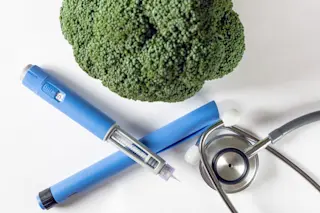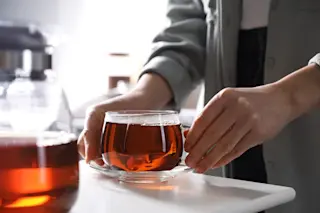A Dr. Woo Sup Chung is on the line for you, my secretary called to me. He’d like you to see one of his patients.
In my specialty, calls from unions, companies, and individuals are common; calls from private doctors are not. Many doctors don’t even know that my specialty--occupational and environmental medicine--exists.
Dr. Markowitz, I am an internist in private practice in Queens, Dr. Chung began, and I have a patient, Mr. Kim, who’s been quite a mystery to me. He’s a 45-year-old Korean immigrant who came to me about a month ago complaining that his stomach hurt and that he had been vomiting a lot.
He added that Mr. Kim had emphysema, an enlargement--and progressive destruction--of the tiny air sacs in the lungs. Mr. Kim had been taking medications to treat his shortness of breath, but his stomach symptoms were entirely new.
When I saw him, he was ...














